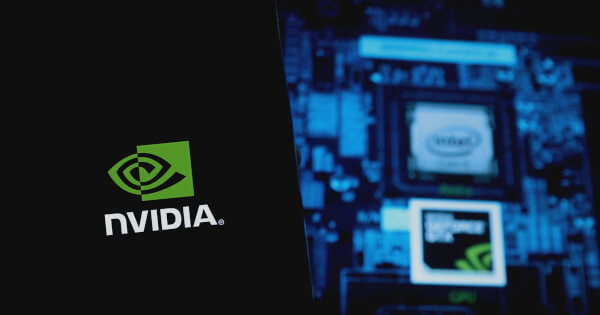Large spaces such as warehouses, factories, stadiums, and airports often rely on numerous cameras to ensure safety and streamline operations. However, managing and accurately tracking objects across multiple camera feeds can be difficult. To address this complexity, NVIDIA has introduced a new multi-camera tracking reference workflow that aims to improve the efficiency of vision AI systems that monitor and manage large spaces, according to the NVIDIA Technology Blog.
NVIDIA Multi-Camera Tracking
The newly announced NVIDIA multi-camera tracking workflow significantly reduces development time by providing a customizable starting point for developers. This workflow includes state-of-the-art AI models trained on real and synthetic datasets along with a real-time video streaming module. The main components of the workflow are:
- Base layer: Fuse multiple camera feeds to generate a global ID of the object along with global and local coordinates.
- Analysis layer: Provides unique object counts and local trajectories.
- Visualization and UI: Includes sample heatmaps, histograms, and paths that can be further customized.
These components enable developers to build end-to-end vision AI applications tailored to their specific business needs.
Challenges of multi-camera tracking
Implementing a multi-camera tracking system can be complex due to several factors:
- Topic matching: Accurately matching subjects across multiple camera feeds from different angles and views requires advanced algorithms and AI models. Because they require extensive ground truth datasets, training these models can take months.
- Real-time requirements: Real-time multi-camera tracking requires specialized modules for live data streaming, multi-stream fusion, motion analysis, and anomaly detection, all with sub-second latency and high throughput.
- Scalability: Scaling these systems to large spaces such as factories or airports requires distributed computing and cloud-based architectures that can handle thousands of cameras and subjects.
Getting started with the multi-camera tracking workflow
For those interested in deploying this workflow, NVIDIA provides a quick start guide that details how to deploy the reference workflow in a local development environment or in the cloud. Additionally, end-to-end Sim2Deploy recipes provide additional guidance on simulating and fine-tuning the workflow for specific use cases.
End-to-end workflow for multi-camera tracking
The multi-camera tracking reference workflow processes a live or recorded stream from a media management microservice to output the motion and global ID of objects in a multi-camera view. Object metadata, including behavioral data with bounding boxes, tracking IDs, and timestamps, is stored in Elasticsearch indexes and the Milvus vector database. Web UI microservices allow users to visualize behavior and track objects over time.
For example, given Figure 1The right pane displays a building map with the object’s global ID and its behavior, while the left pane displays the object’s current location. Users can track movement across a network of cameras by querying objects by global ID.
Building and Deploying a Multi-Camera Tracking Workflow
NVIDIA offers a variety of options for building and deploying multi-camera tracking applications.
- Quick deployment using Docker Compose: NVIDIA provides sample video streams and cognitive metadata so users can deploy end-to-end workflows with simple Docker Compose commands.
- Production deployment using Kubernetes: Detailed instructions are provided for deploying your application to Kubernetes, including Helm charts and configuration files.
- Cloud deployment: NVIDIA provides one-click deployment scripts for a variety of cloud service providers, including Microsoft Azure, Google Cloud Platform, and Amazon Web Services (AWS).
Monitoring and Logging
The multi-camera tracking application integrates with the Kibana dashboard, allowing users to monitor and visualize application performance. The dashboard provides insight into object detections over time, unique object count, and multi-camera tracking workflow.
in Figure 2The Kibana dashboard provides a comprehensive view of tracked entities by displaying motion histograms and unique object counts across camera streams.
conclusion
The NVIDIA multi-camera tracking reference workflow is now available in developer preview, providing a powerful solution for managing and optimizing large spaces. Developers can get started by following the quickstart guide and deploying the workflow in their environment. For further customization and development, NVIDIA provides comprehensive tools and documentation.
Image source: Shutterstock
. . .
tag

